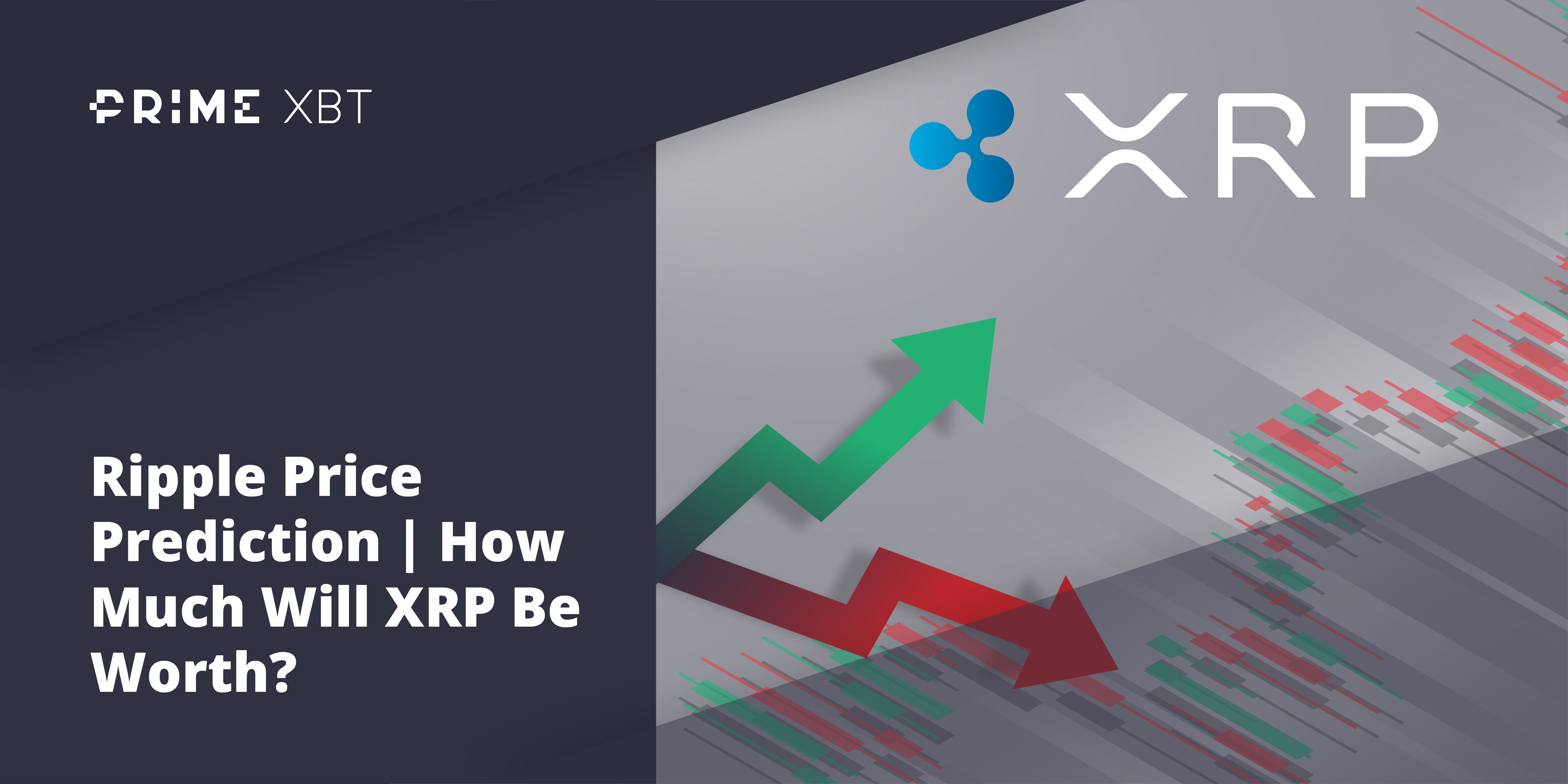The introduction of Ethereum to the world of crypto single-handedly redesigned the meaning of what a cryptocurrency is and what can potentially be done with programmable digital currencies.
Although today coins and tokens with a wide range of applications and goals can be purchased, traded and used, when Ethereum launched in 2014 cryptocurrencies were only really known as a way to digitally store value and make payments.
Ironically, it was actually the launch of Ethereum and its ability to be used to create other crypto-assets that was the driving force for an online gold rush in 2016 that was completely unprecedented.
The rise of Ethereum as the 2nd largest cryptocurrency, the various dramas that have surrounded it, and the wild success of its native ‘ETH’ token, have led to one of the most quintessential stories of the crypto dream being fulfilled.
The History and Creation of Ethereum
Toronto-based 19-year old developer, Vitalik Buterin, became interested in Bitcoin in 2011 and soon after the co-founder of the Bitcoin magazine. As well as his involvement in Bitcoin, Buterin worked on the Egora and Dark Market projects, and it was during this time that he began to explore the potential for decentralized applications (dApps) to be built upon the Bitcoin blockchain.
When it was clear that the primary role of Bitcoin would remain within financial use cases only, he began work on the design of a new cryptocurrency that would allow for dApps to be built using its own turing complete scripting language.
In 2013 Buterin proposed Ethereum in a white paper that he penned, and during the North American Bitcoin conference in Miami in 2014 he met with Gavin wood, Charles Hoskinson, Anthony Di Iorio and Joseph Lubin who became the founders of the project. At a meeting 6 months later in Zug, Switzerland, Ethereum was organized as a Swiss non-profit under the Ethereum Foundation, and founder Charles Hoskinson left the project simultaneously.
Important Figures Behind Ethereum
Vitalik Buterin: Buterin was the visionary behind the concept of Ethereum, and at just 19 years old he wrote the Ethereum whitepaper outlining the idea of a programmable blockchain running with a digital fuel known as eth. Famously, he dropped out of his degree at the university of waterloo to pursue further research into the Ethereum concept. In 2018, however, he was awarded an honorary doctorate from the University of Basel in Switzerland for his achievements in relating to cryptocurrencies.
Joe Lubin: Lubin is not only the co-founder of Ethereum, but he is also the founder of the Ethereum dApp giant, Consensus, and Swiss-based, EthSuisse. He has a degree in electrical engineering and computer science from Princeton, and experience in both the tech and finance worlds from positions at the Princeton Robotics Lab, Emagine, a director at Blacksmith Software Consulting, VP of technology at Goldman Sachs and through founding and operating his own hedge fund.
Gavin Wood: Wood wrote the Ethereum yellow paper, and is responsible for creating the Solidity programming language used in the Ethereum ecosystem. From the inception of the project until 2016, Wood was the CTO. Following his exit from the project, Wood launched a startup, Polkadot, aims to solve problems with blockchain interoperability.
Charles Hoskinson: Hoskinson was the CEO of the Ethereum project throughout 2013–2014, before leaving and spending the next years designing and launching his own cryptocurrency, Cardano.
Anthony Di Iorio: Di Iorio was an early investor in cryptocurrency, who sold rental properties that he owned to buy into Bitcoin heavily in 2012. As well as being a co-founder of Ethereum, the Canadian entrepreneur launched the Ethereum Alliance of Canada and has been involved with projects like Decentral, Jaxx, and Kryptokit.
The Technical Details of Ethereum
Smart Contracts
Ethereum was designed to be much more than just a way to transfer stored digital value, and smart contracts are one of the most accessible tools to be able to see the true power of the Ethereum in action.
Smart contracts are segments of code which are stored on the Ethereum blockchain, and run autonomously without the potential for censorship or interference from external sources. Smart contracts may be programmed to perform a wide number of calculations and transactions, and more complex smart contracts or groups of smart contracts can be used to create programs known as dApps.
Solidity is the main language that is used to create Ethereum smart contracts and is based on Javascript, however, there are other options such as the custom Vyper language which is based loosely on Python.
Ethereum Virtual Machine
The Ethereum Virtual Machine (EVM) is a turing complete virtual machine that allows anyone to run code from a range of languages and makes the process of creating blockchain applications more streamlined and simplified.
Smart contract code cannot be run directly from languages like Solidity, but instead they need to be compiled into what is called opcodes which are simply low-level machine instructions, such as adding two numbers. Currently there are about 140 opcodes available to developers, and these instructions allow Ethereum to be turing complete by allowing almost any kind of computation to be processed.
From the design of the EVM, thousands of different types of applications can created to run on the Ethereum blockchain, with some of the more well-known incarnations to date being Cryptokitties, the IDEX exchange and Bancor.
Ether
Ether, or ETH, doubles as both a cryptocurrency and the proxy for a fuel to run programs on the Ethereum blockchain.
As well as being able to buy and trade eth like any other cryptocurrency, developers that want to build and run programs on Ethereum require an amount of ETH to be used to fuel the computation of the code. These units of eth are known as gas and represent a very small amount of the cryptocurrency typically.
As an investment option, Ether has been one of the biggest success stories throughout all cryptocurrencies with a current ROI of over $68,000 from spending $100 during the Ethereum ICO in 2014.
Ethereum Technical Stats
Genesis Block Date: 30th july 2015
Creator(s): Vitalik Buterin, Antony Di Iorio, Charles Hoskinson, Mihai Alisie, Amir Chetrit, Joseph Lubin, Gavin Wood, and Jeffrey Wilke.
Type: Mineable coin
Consensus Mechanism: Proof of Stake (PoS)
Ability to Create Other Tokens: Yes
Current Transaction Speed: 15 transactions per second
Source Code Forked by Other Cryptocurrencies: Ethereum Classic
Total Amount to Ever be Created: (predicted) ~110 million
Current Mining Reward: 2 ETH
Time Between Rewards: ~ 15 secs
The Financial Metrics of Ethereum:
Current ETH Circulating Supply: 106,950,000 ETH
Current ETH Market Cap: $22,439,000,000
All-Time High Price: $1,396.65
All-Time High Date: 13/1/2018
Current 1-Year ETH ROI: -58.97%
Current 3-Year ETH ROI: 1707.47%
Total Number of Ethereum Addresses: 70,565,000
Where Ethereum is Today and Where it Will Be Tomorrow
Today, Ethereum remains the world’s second-largest cryptocurrency, as it has been for much of its life. Ether trades at around $225 at the time of publishing, and while bitcoin has made strong upwards movements throughout early 2019, Ether’s growth has been much more subdued.
Many are waiting for what they see as the likely Ether and altcoin bull run to follow once some of the enthusiasm amongst traders for Bitcoin has subsided.
The gradual release of a collective group of upgrades to Ethereum known as ‘Ethereum 2.0’ are being rolled out throughout 2019, and this, along with the Constantinople upgrade also due later this year, are essential for the redesign of a more secure and scalable Ethereum system.
What many are still waiting to see is the effect on the price of ETH, if any, that the upcoming technological upgrades will have, and the new opportunities that they will present for developers.


